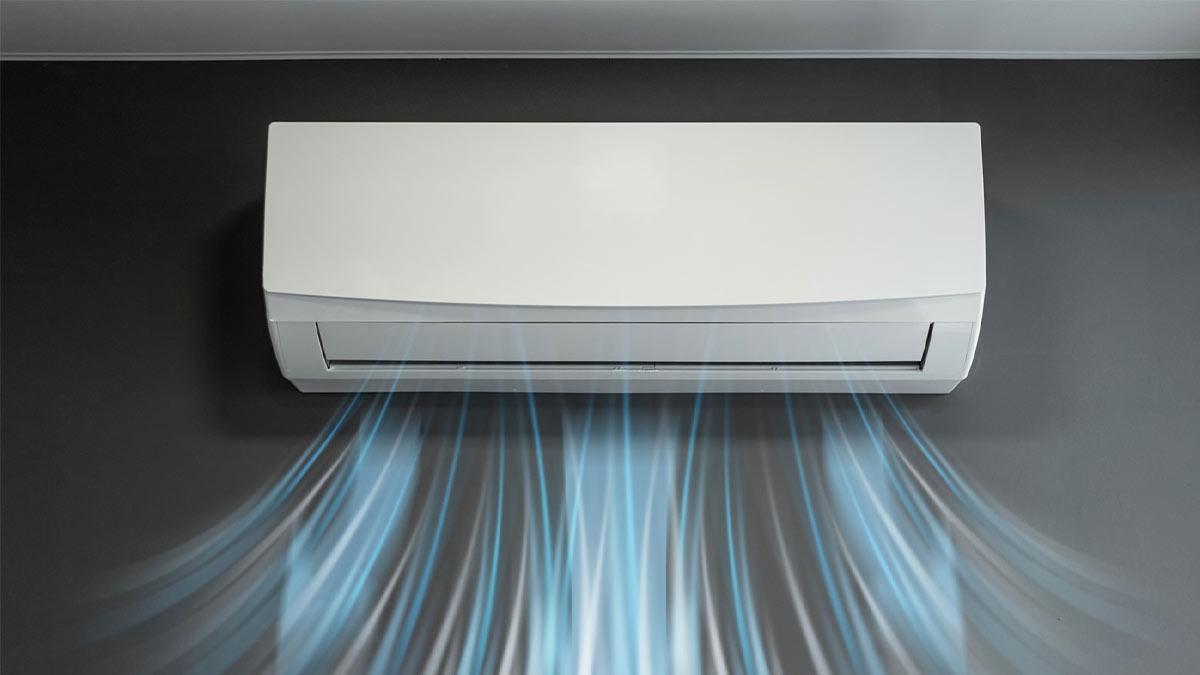In an effort to cut energy usage and contain the nation's increasing demand for electricity, the Indian government is on the verge of implementing a rule that will restrict the temperature range within which air conditioners can function.
Union Minister Manohar Lal Khattar made the announcement that the new measure was soon to be implemented, saying, "A new provision is being implemented soon regarding air conditioning standards."
The standard AC temperature will be between 20°C to 28°C, and we will not be allowed to cool below 20°C or heat to more than 28°C.
Terming it a trailblazing experiment, Khattar stated, "This is an experiment of its kind, seeking to standardize temperatures."
Altering the Range of AC Settings
Currently, the majority of air conditioners in India provide users with the facility to reduce the temperature to approximately 18°C or even 16°C in certain models, and increase it to up to 30°C. According to the proposed guidelines, though, this range will be set between 20°C and 28°C. Now users won't be able to cool the rooms below 20°C or warm them beyond 28°C.
The main objective behind this temperature control is to promote better utilization of air conditioners, which are one of the largest electricity guzzlers, especially during the hotter summer season.
Monitoring and Implementation Still to Be Detailed
Although the government has been explicit in stating that it will monitor compliance with the new standard, details regarding enforcement, particularly in residential, commercial, and industrial sectors, are yet to be announced. Khattar outlined that the move is in line with a comprehensive effort to slow down electricity usage and effectively manage increasing energy demands across the country.
Power Savings Behind the Decision
The hot summer season usually witnesses a high demand for energy as air conditioners operate at very low temperatures. Most users set their ACs to as low as 16°C, placing immense pressure on the power systems.
In a conversation with Bloomberg, Pankaj Agarwal of the power and housing ministry quoted the magnitude of AC power consumption, terming these appliances to consume about 50 gigawatts of electricity — almost one-fifth of India's entire demand. "Research indicates that for every 1°C rise in AC temperature, energy consumption declines by 6%. So if everyone keeps their ACs one degree higher, we can save about 3 gigawatts of power in peak hours," Agarwal explained.
As per a Bloomberg-quoted study by University of California, Berkeley, the implementation of tougher temperature standards for air conditioners would potentially save as much as 60 gigawatts of peak electricity demand by 2035.
These savings would render unnecessary huge investments in new power infrastructure, which in turn would spare the expense of ₹7.5 trillion (or $88 billion) for building new plants and upgrading the national grid.
Read also| RBI's 50 BPS Repo Rate Cut: Home Loan EMIs and Tenure Set to Decrease
Read also| India's defence exports surged by 1,100 pc in last 10 years, Says Nirmala Sitharaman


















